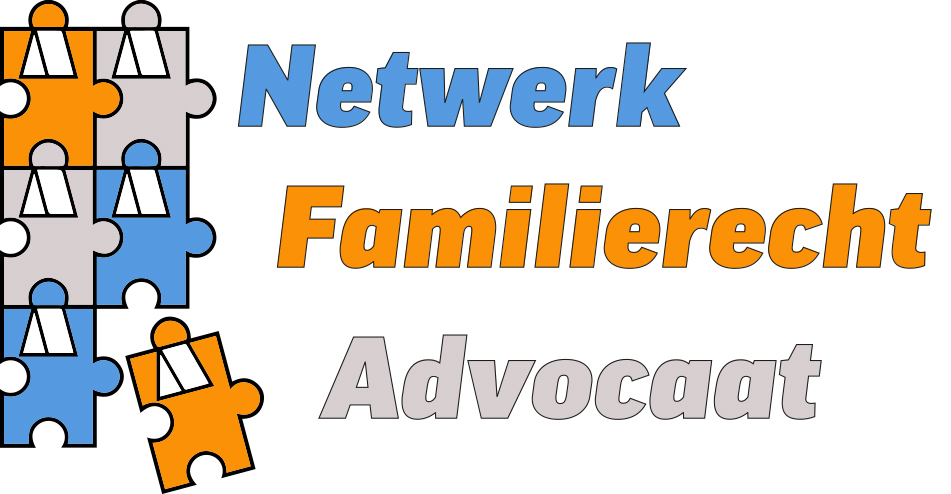A PLEDGE TO COLLABORATIVE
The key difference between collaborative Practice and conventional divorce is the pledge to reach an agreement without going to court. You and your spouse keep control of the decisions yourselves, rather then giving it to to a judge. In order to accomplish that, all of the parties consent in writing to be part of respectful process that leads to an out-of court resolution.
With Collaborative Practice, the goal is to develop effective relationships, solve problems jointly and prevent a court battle.
OPEN COMMUNICATION
Even under the best circumstances, communication can be strained as a relationship is ending. Yet keeping the lines open is essential for reaching an agreement. Collaborative Practice provides for dace -to-face meetings with you, your spouse and your respective lawyers and other advisers as needed.
These sessions are intended to produce an honest exchange of information and expression of needs and expectations. When issues are openly discussed, problem solving can be direct and solution-oriented.
AN AGREEMENT EVERYONE CAN LIVE WITH
If you've reached a decision about divorce , you may be reassured to know that collaborative Practice focuses on attaining resolution. The collaborative model is designed to protect the interests of children and help you and your spouse to move forward with new lives. Throughout the collaborative process emphasizes cooperating solutions. And instead of being an endless airing of grievances. Collaborative Practice encourages spouses to reach a workable settlement by building on aereas of mutual agreement.













